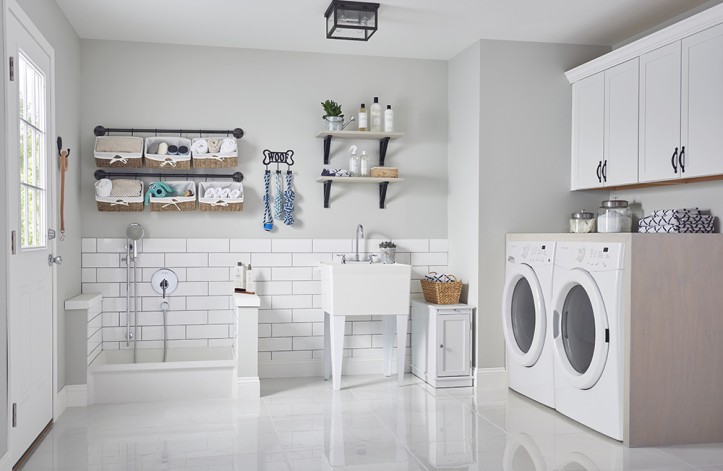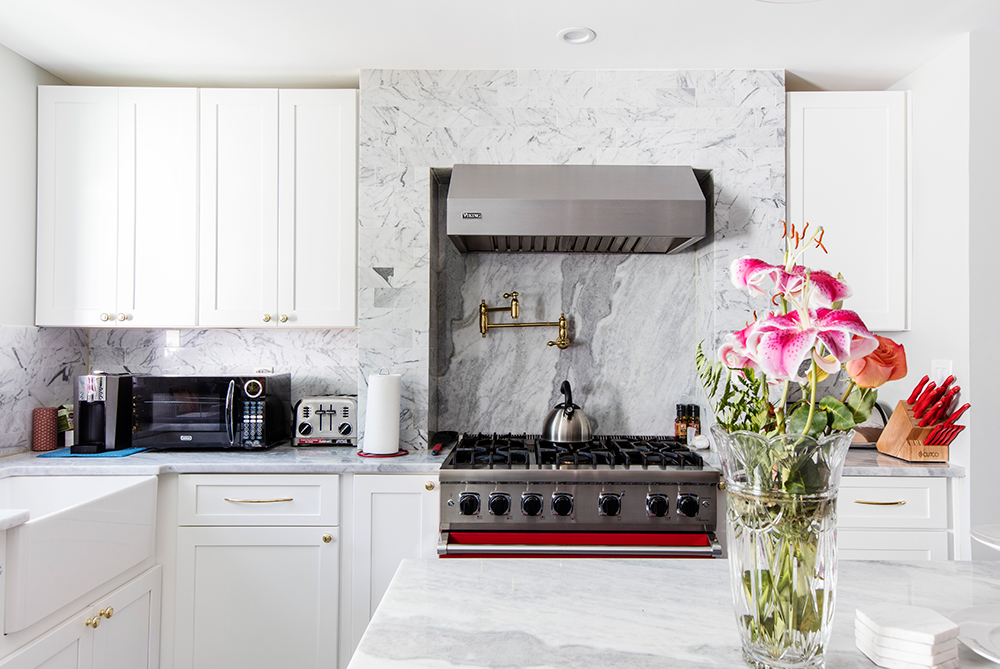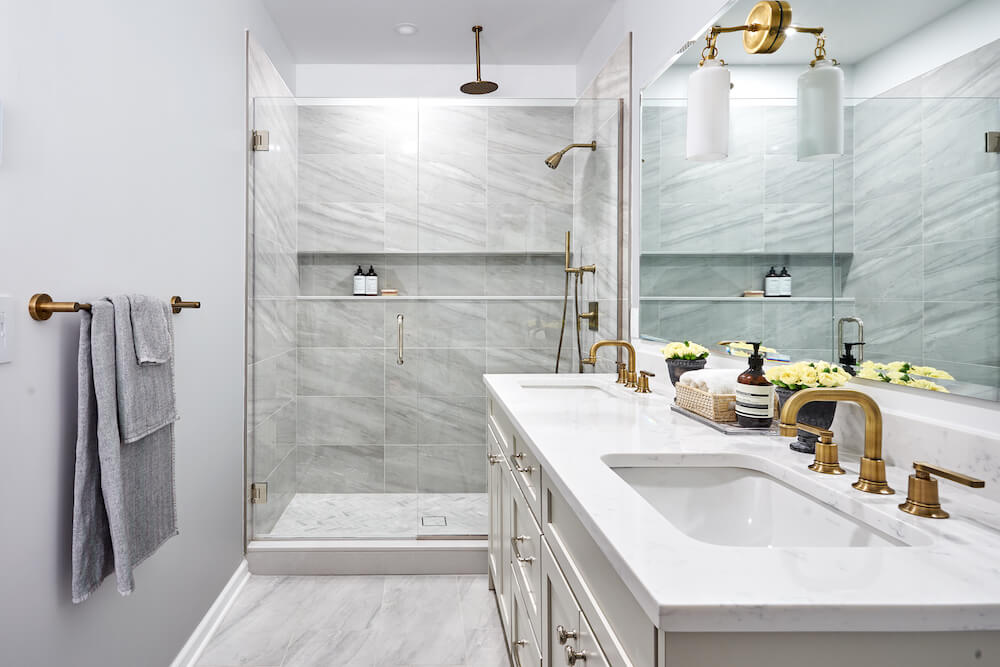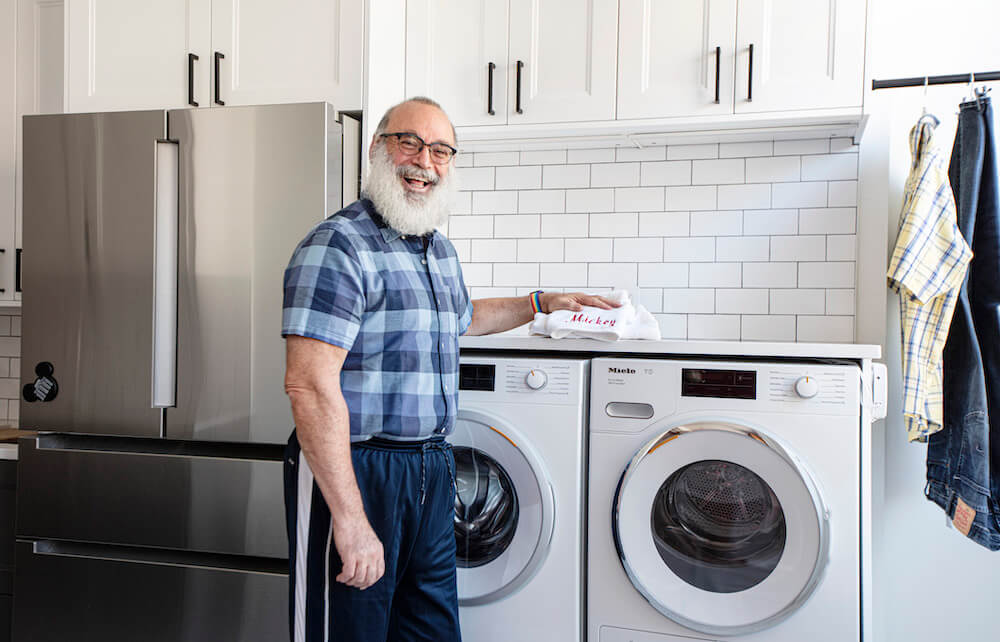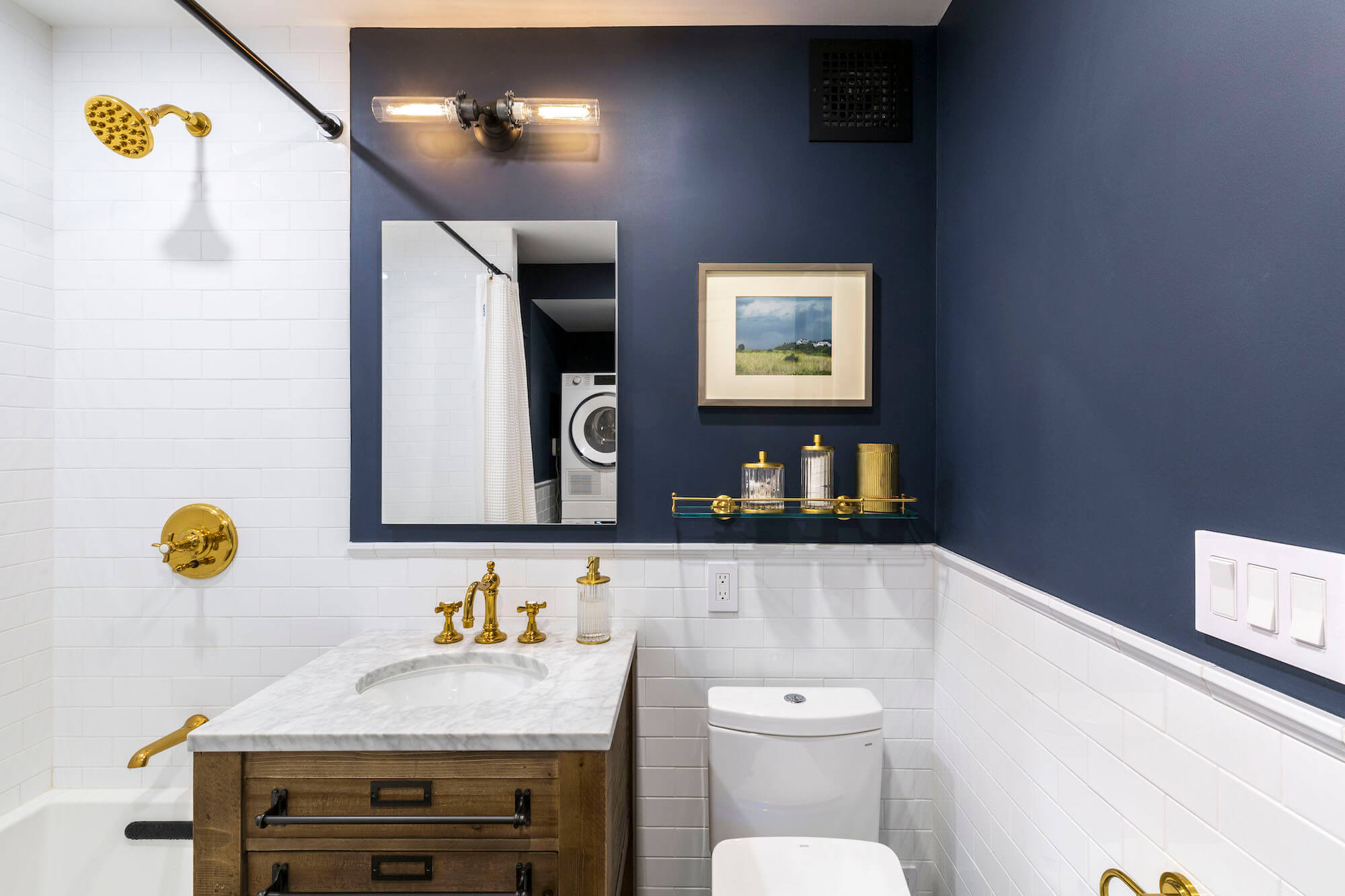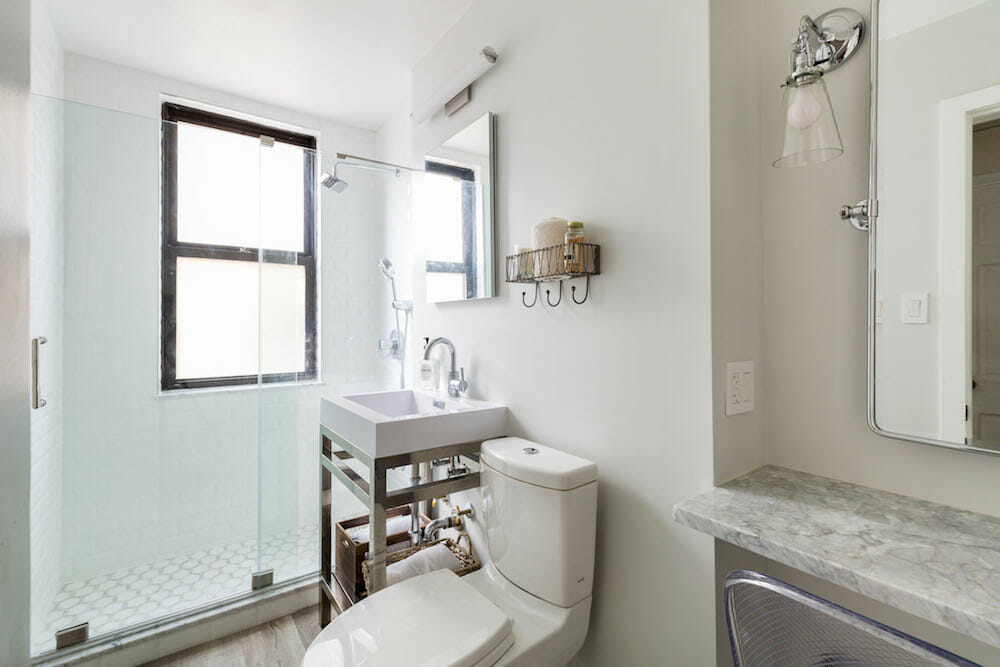The Utility Sink Gets You Organized
More than just for soaking laundry, a utility room sink can lighten the load from bathing the pet to cleaning up after garden work
A utility sink like this one from American Standard can be functional and commercial-chic.
When planning a laundry room, most of the thought goes into the washer and dryer. They do most of the hard work, right? And they are big purchase items. Nevertheless, there is one feature that, while it plays a supporting role, is indispensable: the utility room sink or laundry sink. Manufacturers are designing these basins specifically for the laundry room, offering many features with benefits.
What distinguishes a utility sink from other sinks? They are extra deep to allow vigorous scrubbing or spraying of water with minimum splashing outside the basin. These sinks typically start at 10 inches and go up to as much as 25 inches deep versus a bathroom sink of six to eight inches deep. They come in a square or rectangular in shape, putting every inch of the basin to work. However, not all utility sinks are made alike. To determine the right choice, you’ll want to look at style and materials, taking into account what tasks will take place there and what sorts of cleansers or liquids the sink will be exposed to.
Placement plays a factor in your decision, too. Keep the wet zone intact. The sink should be near the washer—right next to it, if possible. This allows you to keep the plumbing lines together. It also means you can transfer soaked or pretreated items with a minimum of a drippy mess. The location may lock you into a particular size, and prevent you from getting that vintage double basin you had your eye on. That’s okay. Since a utility sink can come super deep, your choice will have the capacity to soak a grass-stained soccer uniform or a gravy-smeared tablecloth.
With the extra features available in some versions, such as a drainboard, or a second basin, you really can get a lot of use from it. Here’s what to consider before committing.
Choose your utility sink style
As with bathroom sinks, the laundry sink comes in a variety of styles for installation. What you choose from the list below has to do with personal taste, as well as any extras you may like.
Wall-mount utility sink
This is a good option if you want to keep the floor area clear, as there is no need for a structure, such as a cabinet or legs attached to the bowl, to hold up the sink. You’ll find vintage designs, like white enamel-covered cast iron, from manufacturers like American Standard. Cast iron is strong and it won’t dent, and the enameled finish resists scratches and chipping. Kohler offers a double basin that almost looks like a trough. Elkay makes an institutional model out of stainless steel with a built-in drainboard.
Freestanding utility sink
As the name indicates, this style stands on its own, supported by integrated or bolted-on legs or held in a washstand-style support of a stainless-steel frame with legs. You can find models with built-in drainboards as well. The advantage of this type of sink is its portability. You can move the entire unit wherever you want, even the garage, as long as you have a hookup to water. Like the wall mount style, the pipes are concealed, and you don’t have to replace a cabinet for support below.
Self-rimming or drop-in utility sink
Probably the simplest and thriftiest choice, this sink drops into a countertop and the sink is complete once the plumbing and faucet are hooked up. There’s no seam around the sink’s perimeter to catch grime. Sweeten brings homeowners an exceptional renovation experience by personally matching trusted general contractors to your project, while offering expert guidance and support—at no cost to you. Renovate expertly with Sweeten
Undermount utility sink
A good choice when you want a seamless, smooth appearance for your countertop. The sink rests below the counter surface and almost disappears.
Apron-front utility sink
This style was popularized in country-style or vintage-style kitchens and the look carries over well to the laundry room. The apron front is nice for deflecting water splashes when you’re standing before the sink—much like an apron.
Agitator utility sink
Some personal items may be too small for the delicate cycle of your washer or require just a quick swish with detergent. MTI makes a laundry sink with a micro-jet (like a whirlpool tub) that gently agitates the items for you.
What is the best material for a utility room sink?
As with style, the selection here is informed by personal taste. However, each material offers its own pluses.
Stainless steel
This material won’t stain. It also won’t chip or fade and has a little give, so anything you drop inside it—like a vase—is less likely to break than it will on enameled cast iron. All in all, a smart choice if you like the look of steel.
Enameled cast iron
The enamel—a baked, powder-coated finish—coats cast iron, making it one of the strongest sinks available. This type of sink resists scratching, chipping, and staining. The enamel gives the super-rugged cast-iron surface a warmer-looking finish. Though impervious to water and resistant to stain, prolonged exposure to harsh bleach could blemish the surface. If you drop something hard on it, the enamel will chip or crack. It’s also the heaviest sink, so make sure it has sufficient support before you install it.
Solid surfacing
Stain-resistant, durable, and warm in appearance, solid surfacing can stand up to a wide variety of tasks. Dings and scratches can be gently sanded out, but enlist a professional to do this, or the abraded surface will show. It can stain, too, despite some manufacturers’ claims, so best to use it for washing only.
Adding a utility room sink to your home
There are many benefits to a dedicated utility sink in the laundry room of your home. That said, washing machines come with gentle and delicate cycles, so despite all the conveniences, is a utility sink truly necessary? That’s why it’s called a utility sink; there are a lot of uses besides laundry. To name a few: handling cut flowers; potting plants; bathing a pet; washing dirty hands (or shoes) after garden or garage work; rinsing a mop; running water for crafts projects. You get the idea.
IKEA, Home Depot, Lowe’s, Cabinets To Go…which is the best for cabinets? Sweeten’s guide can help you decide.
Short on space, but still want a laundry room? Here are 5 ways to add a washer & dryer to an apartment.
—
Sweeten handpicks the best general contractors to match each project’s location, budget, and scope, helping until project completion. Follow the blog for renovation ideas and inspiration and when you’re ready to renovate, start your renovation on Sweeten.
You’ll survive without one. But once you’ve had a utility sink, it’s hard to go back to life without. They make all kinds of tasks easier and more manageable, including soaking or hand-washing large items.
Utility sinks are usually extra deep, to allow vigorous scrubbing and spraying without splashing water around the room. Some may have added features, like a second basin or a drainboard.
